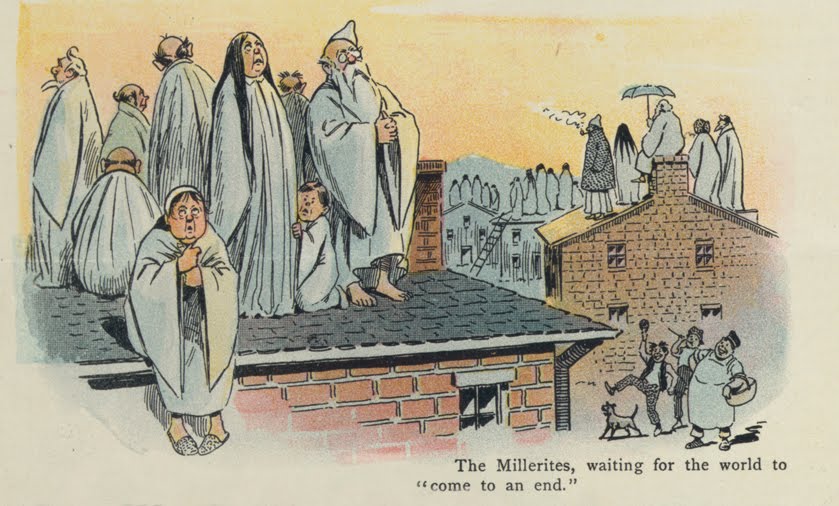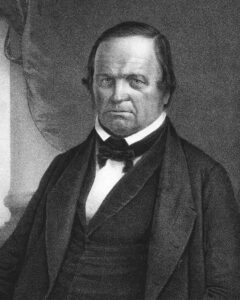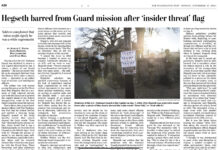This week’s newsletter is part of an ongoing series that looks at developing a spiritual worldview. The reelection of Donald Trump presents a significant shift in the status quo and what lies ahead for the nation, the world, and (most importantly when it comes to the purposes of this newsletter) for Christians. The coming months will present an era defined by darkness and deception. We are entering into times critically significant to the standards of truth, righteousness, and the purposes of God within the homes and churches of believers.Each weekly issue to the end of 2024 will present an encouraging and Biblically-based insight inviting believers to see the world differently. As we brace for what is coming, we can have hope rather than fear when we see the world as Jesus saw it. As He taught us, when the darkness is rising, we can look up, for our redemption draws near (Luke 21:28).
You can find the complete series here.
Part 2: This Is Not A Spiritual Worldview

During the 1830s, a message circulated and popularized, declaring Christ would return on October 22, 1844. An estimated 100,000 believers came to believe in this, many drastically altering their lifestyles for the sake of Christ’s imminent return. On the date announced, many well-meaning believers sold all their possessions, took to the hills, and gathered in small groups, waiting and watching for Christ to appear.
 The source of this widely publicized excitement was a farmer and Baptist minister named William Miller. His followers became known as the Millerites. After a careful reading of the book of Daniel, Miller believed he had solved the mystery of Daniel 8:14 and identified the exact date of Christ’s return. Throughout the American Northeast, this message spread as hope amid the social transitions and anxieties of the Industrial Revolution, which was affecting and destabilizing so many. The Millerite phenomenon was not the first, nor would it be the last time anxious but well-meaning Christians erroneously believed they knew the date of Christ’s return. Although Jesus specifically said that no man knows the day or hour of His return (Matthew 24:36), Christians have often assumed they knew better. Even as recently as the last decade, people came to believe they knew the date of Christ’s return.
The source of this widely publicized excitement was a farmer and Baptist minister named William Miller. His followers became known as the Millerites. After a careful reading of the book of Daniel, Miller believed he had solved the mystery of Daniel 8:14 and identified the exact date of Christ’s return. Throughout the American Northeast, this message spread as hope amid the social transitions and anxieties of the Industrial Revolution, which was affecting and destabilizing so many. The Millerite phenomenon was not the first, nor would it be the last time anxious but well-meaning Christians erroneously believed they knew the date of Christ’s return. Although Jesus specifically said that no man knows the day or hour of His return (Matthew 24:36), Christians have often assumed they knew better. Even as recently as the last decade, people came to believe they knew the date of Christ’s return.
Such actions and beliefs represent a weak attempt to counter the anxiety of the age, whichever age one is living in, with a spiritual and heaven-focused worldview. Unfortunately, these misguided efforts toward the spirit seldom produce any significant change in the life and society of the believers. In the case of the Millerites, this disillusionment became known as The Great Disappointment. As many turned away from God, many others named new dates and sponsored new sects of faith that endure even to this day based on such misplaced hope.
A developed spiritual worldview is not hooky, spooky, and ultra-mystical. Throughout Christian history, the rise of other illegitimate spiritual worldviews often coincided with instability in the wider culture and immaturity among the people of God.
THIS COMPLETE ARTICLE IS AVAILABLE FREE TO OUR NEWSLETTER SUBSCRIBERS. SUBSCRIBE HERE.


